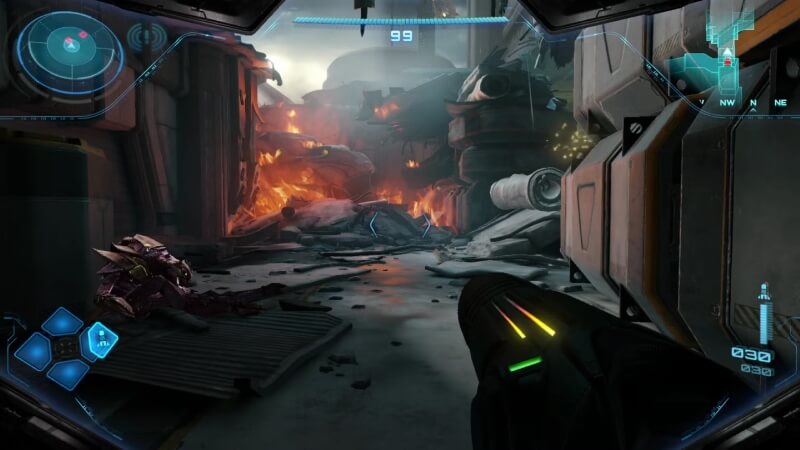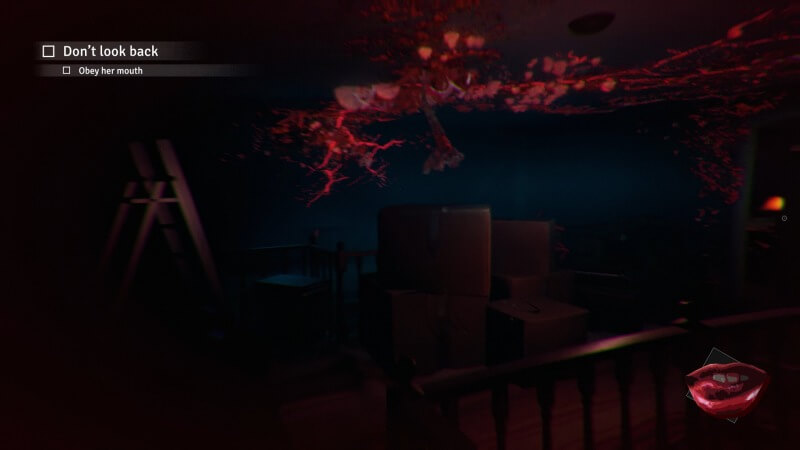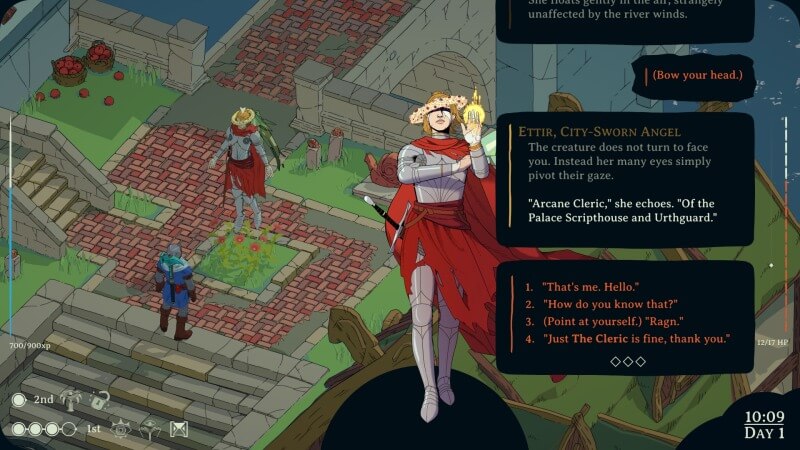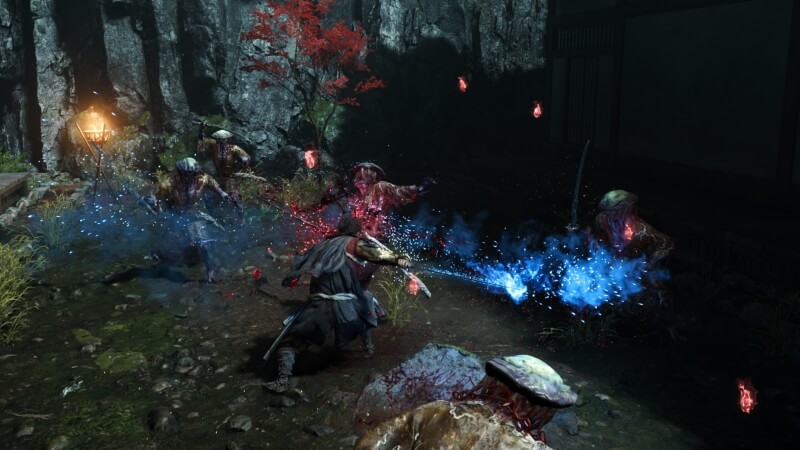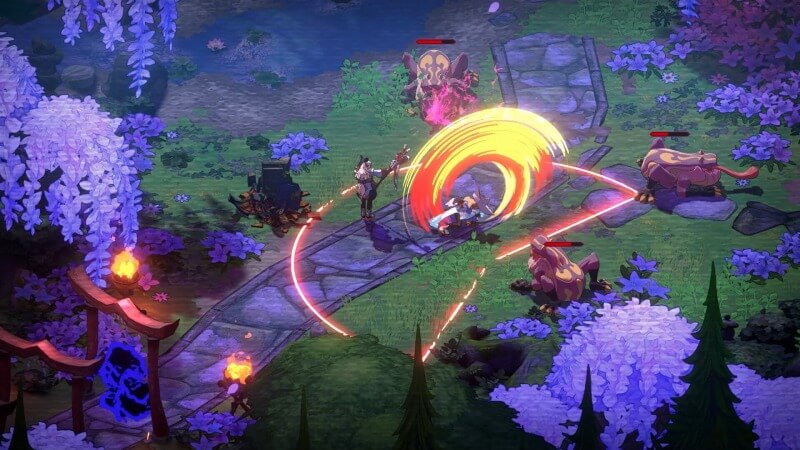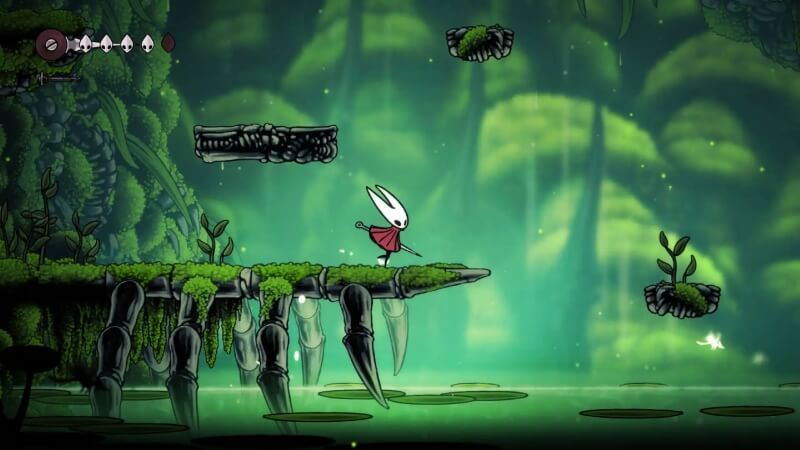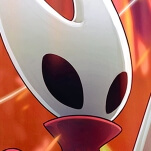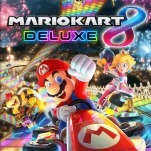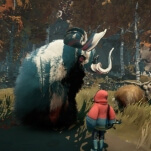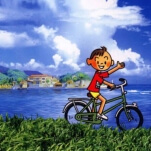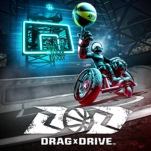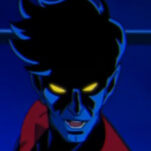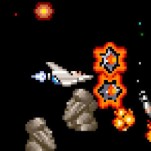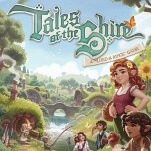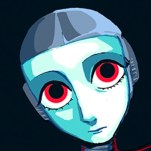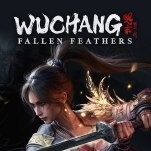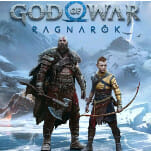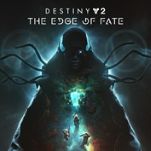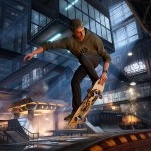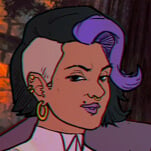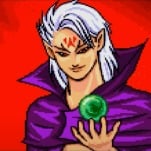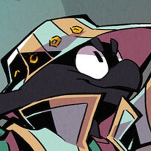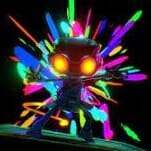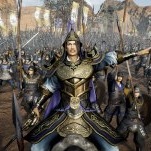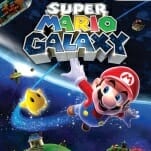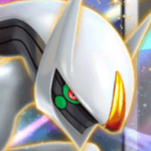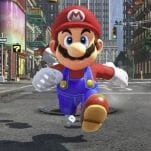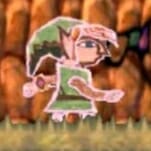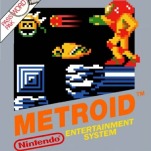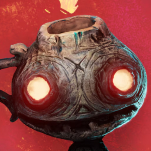The Best Games We Played At Gamescom 2025
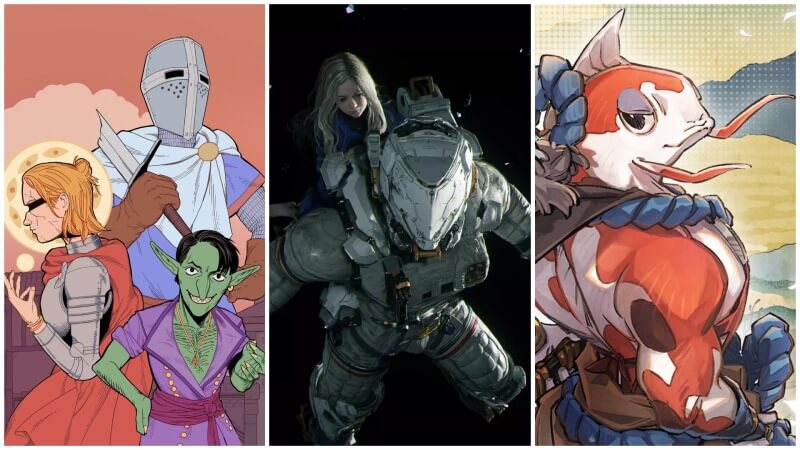
Gamescom was big this year. Well, technically speaking, it’s big every year; it takes place in the massive Koelnmesse convention center, where the event organizers challenge themselves to see just how many Germans they can cram into one location. But, on top of being large in terms of attendance, there was also a fittingly impressive lineup of games at the show. As the post-E3 era continues, Gamescom has been one of many conventions that has gained increased relevance in its place, becoming another spot for Keighley-sponsored hype. This year, there were big AAA publishers alongside an expansive lineup of smaller-scale titles concentrated in the Indie Arena, with hundreds of games waiting to be discovered.
While we certainly didn’t play everything at the show, after getting hands-on with dozens of upcoming projects, we’ve compiled a list of 10 games you should be particularly excited for.
![]()
Honorable Mentions: Kirby Air Riders, I Hate This Place, Cronos: The New Dawn, PUBG: Blindspot, Bubsy 4D
10. Monsters Are Coming! Rock & Road
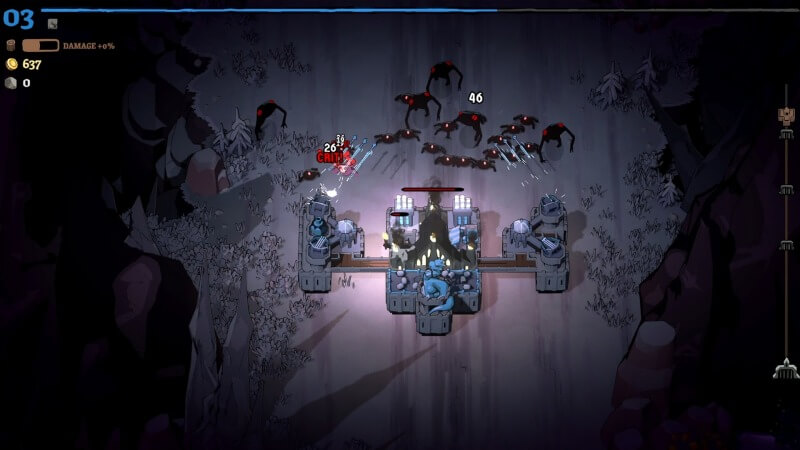
Even as someone who never fell down the Vampire Survivors rabbit hole, I can see the appeal of Monsters Are Coming! Rock & Road, a roguelike where you control an auto-attacking little guy who defends a walking fortress. There is a lot going on at once, but basically, you’re fighting off swarms of large spiders and other creepy crawlies trying to destroy your city, which slowly moves downwards towards its destination. Along the way, you make an alarming number of decisions about how to build your moving base, adding attachments that range from ordinance-flinging parapets to plots of land that will net you resources. My brief time with the game immediately communicated its appeal as I ran from one corner of the screen to the next, chopping down trees and destroying rocks that blocked my city’s path, while upgrading my playable character and battlements with branching synergies: I opted for a freeze-oriented build that slowed down my attackers, but it seems there’s a vast number of ways to handle things. With so much control over how a run goes, Monsters Are Coming! connects the brain-scratching pleasures of draft-oriented experiences, tower defense, and auto-attack games, a combination that threatens to consume your free time like a black hole (in a fun way).
9. Super Meat Boy 3D
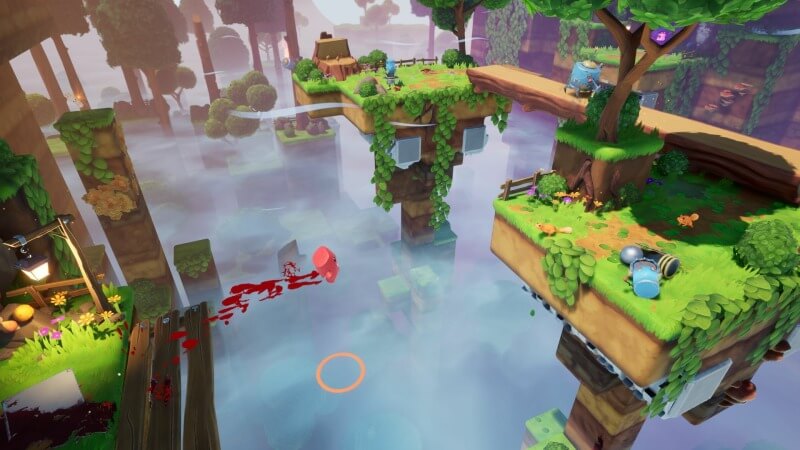
As a 3D follow-up to a deservedly beloved precision platformer, I was initially skeptical about whether Super Meat Boy 3D could mimic the original’s speed and pinpoint accuracy while adding another dimension to the experience. Thankfully, from what little I played, I was pleasantly surprised. One core reason why this iteration seems to work is that it introduces certain simplifications compared to other 3D platformers, which let it maintain its speed without making your head hurt. Specifically, you can only move in eight directions to keep things guided, and it uses a fixed perspective to ensure you’re not wrestling with the camera while sprinting at Mach 1. Through this streamlined approach, they’re able to maintain the distinct pace of the original game without it being overwhelming; specifically, it recreates the tension of just barely clearing a spinning razor blade or situations where you time a perfect leap through obstacles by repeatedly wall jumping. There’s also an air dash now, making room for new types of diabolical challenges. In short, my sample of Super Meat Boy 3D translated this series and its breakneck platforming to a new dimension.
8. Prison of Husks
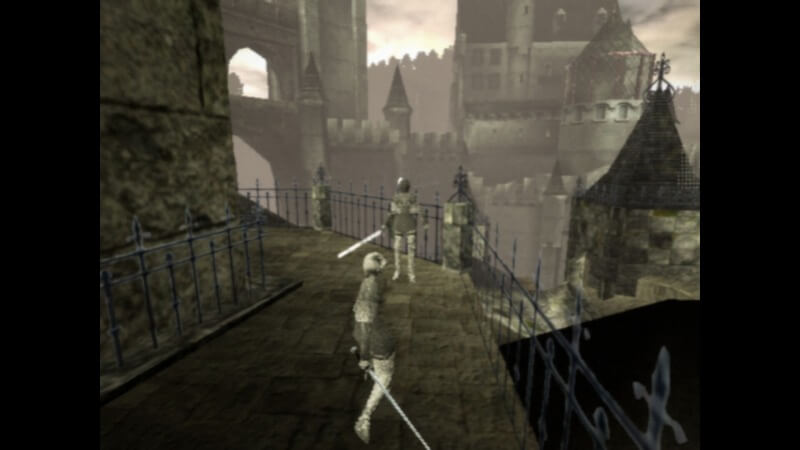
If you thought Bloodborne PSX was neat, Prison of Husks is the game for you. It’s a low-poly soulslike that, from what little I saw, nails everything about this setup. You play as a sentient doll looking for her girlfriend, who seems to be on the other side of sword-wielding ghosts and a labyrinthine castle. As for the specifics, it borrows elements from Bloodborne, with a high-speed dash step, and Sekiro, with an emphasis on landing parries in quick succession to power yourself up. Despite its throwback graphics, it was every bit as smooth as you’d want from a modern title, nailing the feel of dodging and deflecting strikes before going for a weighty sword slash. Another unique mechanic is that you start with an armor coating that absorbs three instances of incoming damage, which can be re-upped at save points or by performing parries. Through its enigmatic world and tight gameplay, Prison of Husks emulates old-school aesthetics while retaining a contemporary feel.
7. Pragmata
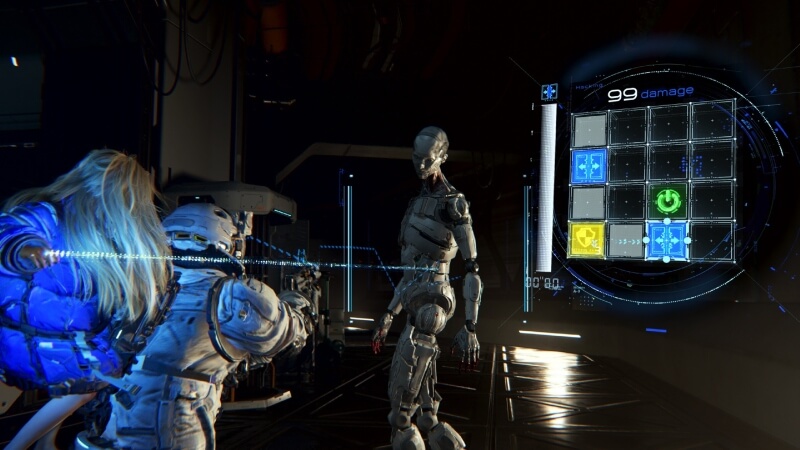
Pragmata is something of a rare breed in 2025; it’s a AAA video game that isn’t attached to an existing series. Luckily, what I played largely lived up to this untapped potential with some novel ideas. It’s a third person shooter where the main twist is that you have a small Android child strapped to your back who can hack the killer robots trying to murder you. While the hacking minigame itself is fairly straightforward—use the face buttons to move a cursor through a series of squares on a grid—what makes it interesting is that you have to multitask doing this while trying to avoid getting terminated. If you succeed, your mechanical foe will become stunned, dramatically decreasing their otherwise bulky defense so you can blast them with either a devastating low ammo shotgun or your rechargeable pistol. Once multiple murder bots start attacking you simultaneously, it becomes an exercise in managing time and physical space, as you utilize the stasis gun to freeze foes long enough to hack them and reduce them to scrap. It’s a cool twist, and while I’m less convinced regarding its inevitable “dad game” storytelling, where the seemingly generic protagonist tries to make it back to Earth from a deadly Moon base with his adopted robot child, the core loop here makes this one to look out for.
-

-

-

-

-

-

-

-

-

-

-

-

-

-

-

-

-

-

-

-

-

-

-

-

-

-

-

-

-

-

-

-

-

-

-

-

-

-

-

-

